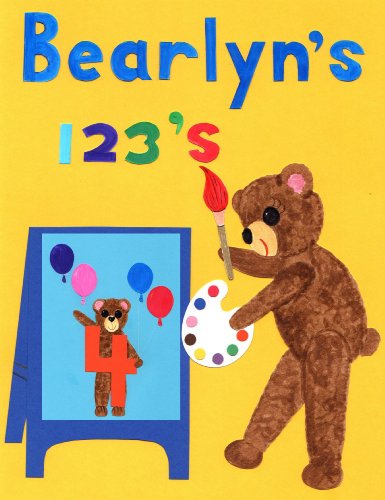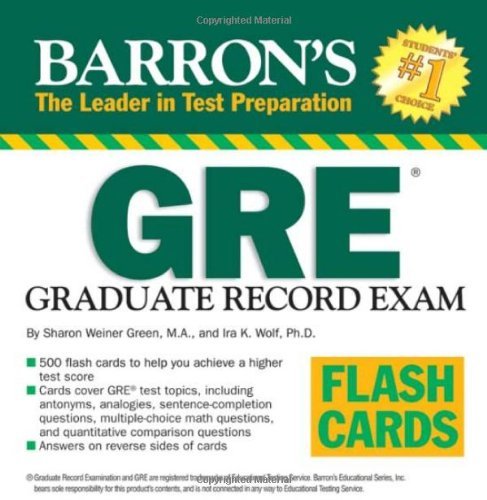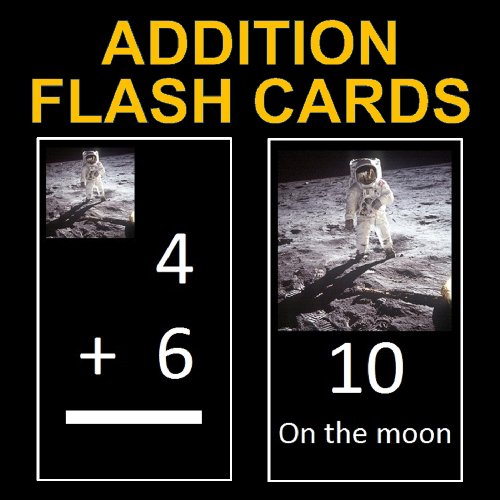Cuddly Bears Counting 1-20 and Number Recognition Flash Cards 123's (Brushed by Hand) (Beary Fun Learning) Review

This book includes 47 full-color pages of Cuddly Bears. This includes the numbers 1 thru 20 in order with balloons, and the numbers 1 thru 20 shuffled without balloons.
The first 20 numbers have balloons for children to count. This way, children practice their counting and number recognition together, and will help them to understand what each number actually means. The first 20 numbers are for kids who are learning their numbers and who are learning to count.
The second 20 numbers do not have balloons and are shuffled. The second set of 20 numbers is intended to quiz kids on their number recognition. The second set of 20 numbers is the more advanced level of this book. Kids who are just learning their numbers will not be able to recognize them in the second set until they have read the book enough times that they can remember them.
The Cuddly Bears and balloons were hand-brushed with brush pens by artist Bearlyn. The numbers are also hand-drawn, which look more natural and are easier for children to reproduce than printed numbers.
At the beginning of the book, a Cuddly Bear waves hello. Advancing from one picture to the next, watch her hand wave. Similarly, a Cuddly Bear will wave goodbye at the end of the book. Encouraging the child to say “hi” and “goodbye” and to wave to the Cuddly Bears may help them feel that the book is slightly interactive.
Suggestions for using this book:
(1) The first few times using this book, name the numbers (like “three”) and point to them. Count the balloons on a few of the slides. After the number 20, on the picture that has all of the numbers 1 thru 20, this is a good time to count from 1 to 20. Point to each number as you name it.
(2) The more your read the book, count the balloons on more of the slides. Encourage the child to count with you, or on his or her own.
(3) Encourage the child’s interest in reading. If the child points something out, like “cute,” add to their remark as in, “Yes, that is a cute bear.”
(4) After reading straight through a few times, try asking a few questions, like “Which number is that?” Or ask, “Can you count these balloons?”
(5) A question that requires children to apply the concept is, “Which number comes next?” Since balloons and backgrounds come in different colors, it is also possible to ask about various colors.




